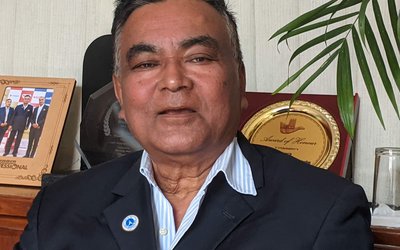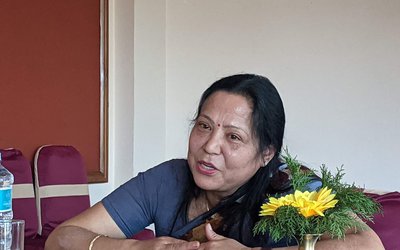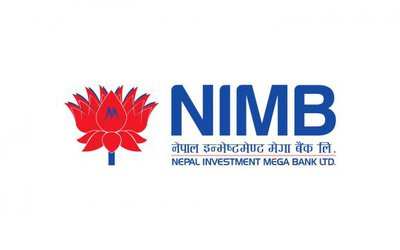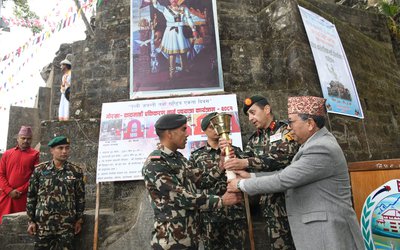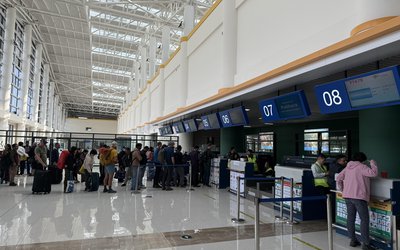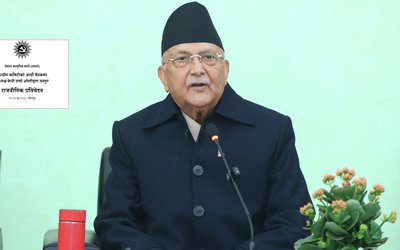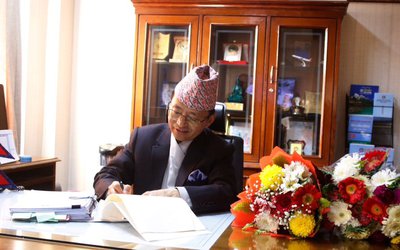
How long have you been working in Nepal?
I have been here for more than two years. I arrived in Nepal in January 2014. However, JICA has been supporting Nepal since 1993 with ATC and ATSEP long term expert survey. Since then, JICA has not only provided hardware but also provided technical support. We have also been supporting development of human resources in the aviation sector. Human resources are very important in maintaining aviation safety. Now, three JICA experts have been working in Nepal. We are conducting the training to improve the quality of human resources as well.
How do you see Nepal’s air safety situation?
A lot of things need to be done for aviation safety. However, the new radar system, which is now under final phase of installation, will enhance the surveillance capacity of Nepal. This will be very important for aviation safety.
As Japan has been supporting Nepal for the last sixty years in various areas, how important is this project now?
This radar project is very important because there are a lot of mountains in Nepal. It is very difficult for surface transportation. Air transport can play a very important role. Economically and financially, aviation sector is very important for Nepal. As safety is an important requisite of the air service, this project has its own importance.
How is your experience working with Nepalese experts?
Nepalese are very talented and I have been enjoying working with them.
Do you think Nepalese technical experts can handle it?
I will transfer the technology to Nepalese experts including the Air Traffic Controllers. Nepalese have been absorbing our knowledge completely. Nepalese have enough ability to make Nepalese sky safe.
How do you see the handling of first radar by Nepalese technicians?
As first radar was installed in 1998, it is almost 18 years old. Running an eighteen years old radar is very amazing. The life of such radar is just 15 years. However, Nepalese have been maintaining the radar very well. This is one of the very successful examples of JICA’s technical cooperation in Nepal.
As experts are complaining about air safety in Nepal, how is the installment of new radar going to enhance Nepal’s air safety?
I am confident that after the functioning of the radar the risk factor will be drastically reduced as it will enhance the capability of Nepal to locate the aircrafts in many parts of Nepal. This is only one factor of air safety. There is the need to improve all factors to make aviation safety a reality.
How long are you staying in Nepal?
I am almost at the last stage of completion of my tenure in Nepal as an aviation safety expert. I will miss Nepal so much. I have just six months left.
How do you see this new radar technology?
This is a very latest technology. This radar is even not operated in Japan.
- NIMB Achieves Accreditation With Green Climate Fund (GCF)
- Jan 10, 2025
- NATIONAL UNITY DAY: Unity Trail
- Jan 10, 2025
- TOURISTS ARRIVAL: Surpass A Million
- Jan 10, 2025
- NATIONAL POLITICS: Looming Instability
- Jan 09, 2025
- FM DR.RANA INDIA VISIT: Strengthening Relations
- Jan 02, 2025




